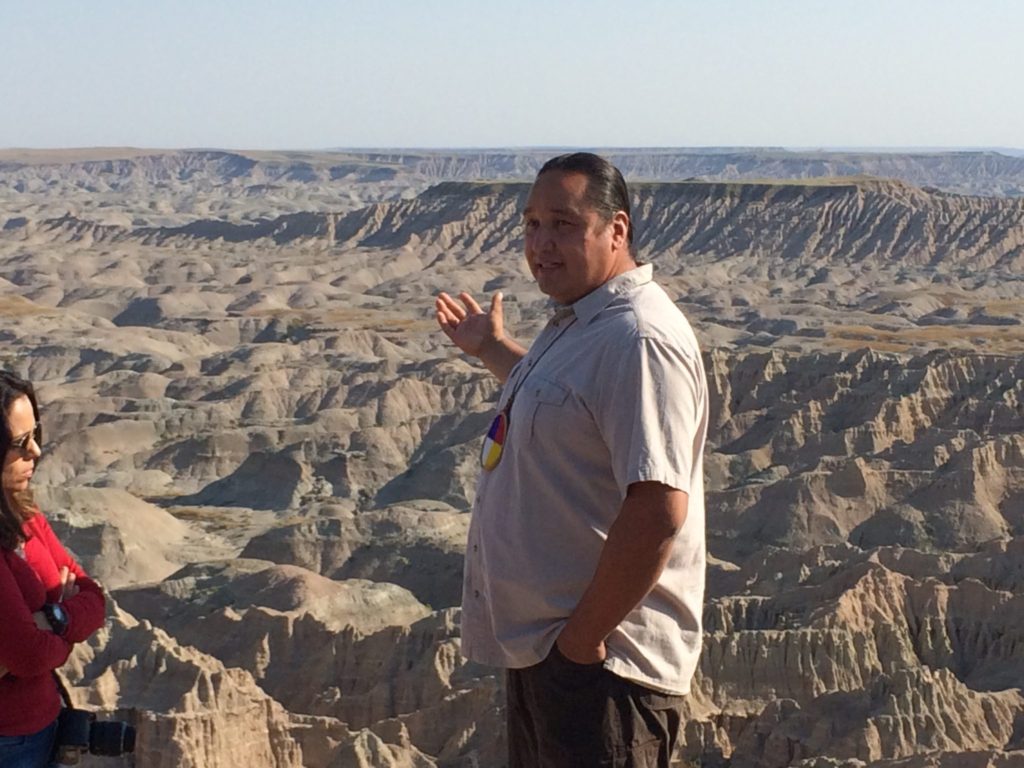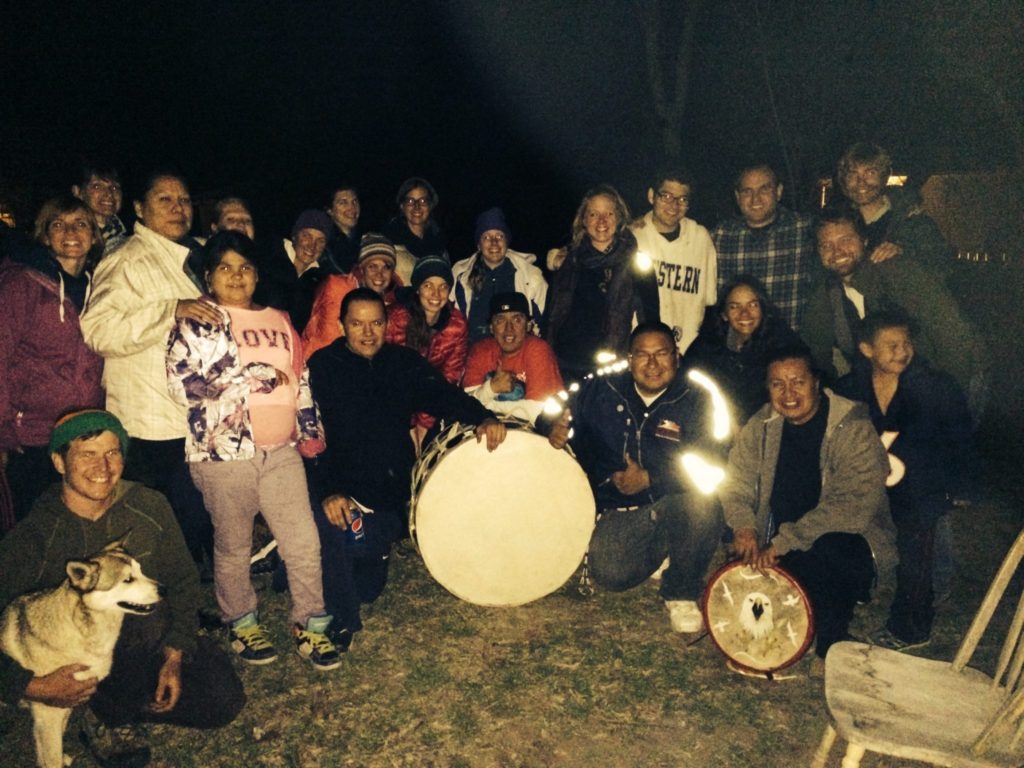Indigenous communities and traditional territories encompass up to 22% of the world’s land and potentially contain up to 80% of the planet’s biodiversity. There is wide-spread agreement within the conservation community that the contribution of indigenous communities to the conservation of biodiversity and maintenance of ecosystems services needs to be better recognized and valued. One of the principle barriers preventing better engagement between indigenous communities and protected area managers originates from the difference of world vision and cultural systems. Policies and programs intended to benefit local communities often fall short of achieving results, especially when they are not rooted in the social and cultural norms and mechanisms of the indigenous community. In regard to protected areas, there are examples where nationally declared protected areas overlap indigenous territories, therefore creating conflicts that result in environmental and social degradation.


At Colorado State University, CPAM works to develop funding opportunities for the participation of indigenous community members in our capacity building programs. We visit indigenous community with our international training courses and technical visits to learn about new approaches and to disseminate important, often unheard perspectives. We also are working on-the-ground with indigenous communities in the Amazon to strength opportunities for engagement in ecotourism in communities that have expressed interest in being involvement. CPAM is also working with lead researcher and professor in biocultural conservation and associate of CPAM, Dr. Michael Gavin, to develop a series of biocultural conservation tools that can serve as a means for capacity building of stakeholders seeking to collaborate with indigenous peoples. The tool box will be developed with the full participation of indigenous organizations and with experts in the field. For more information, please visit Dr. Mike Gavin’s paper on biocultural conservation.

